Mega Guide to Macro Photography
by dvanzuijlekom in Circuits > Cameras
11907 Views, 207 Favorites, 0 Comments
Mega Guide to Macro Photography
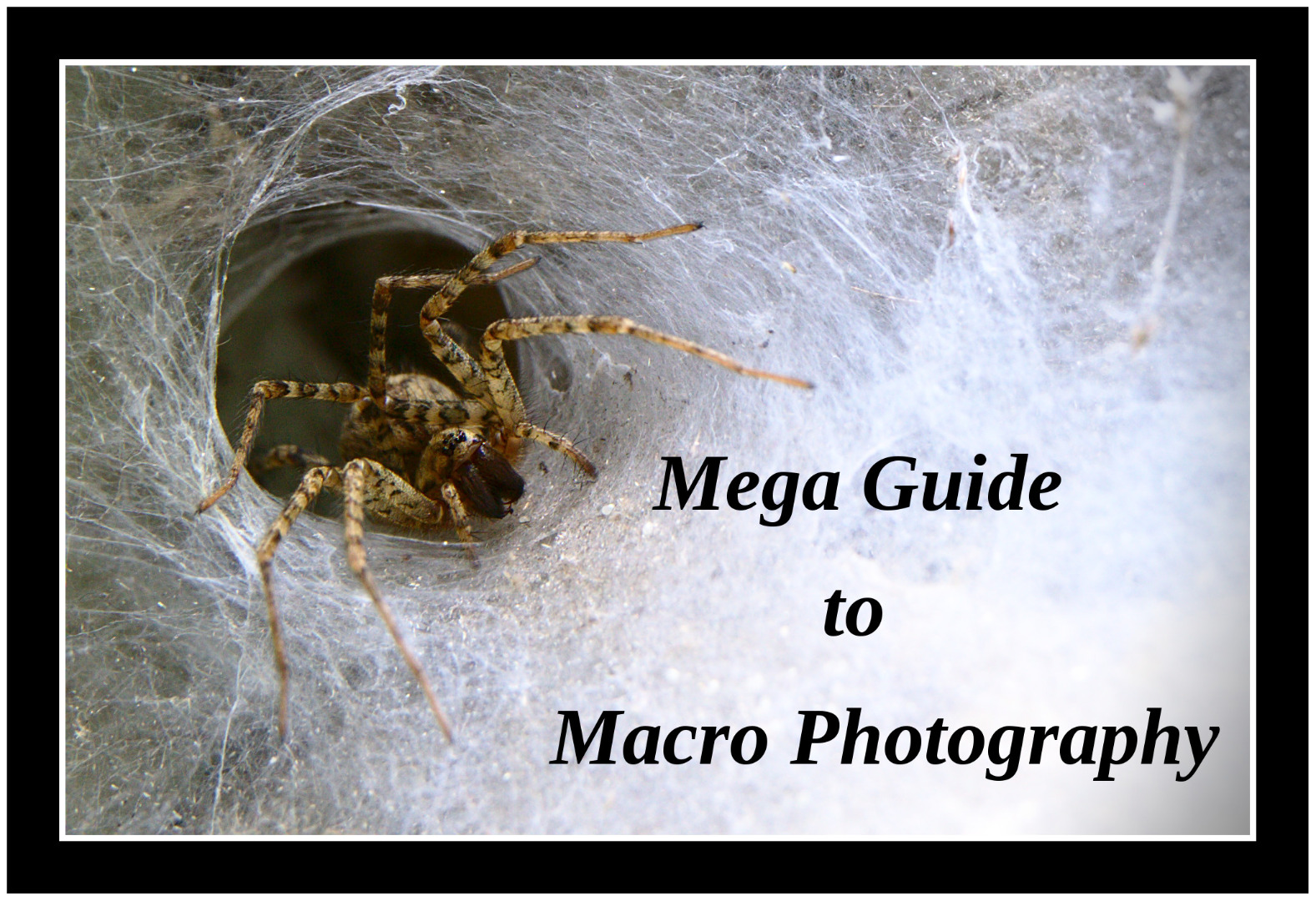
Wanting to venture into the world of close-up and macro-photography, but confused at all the possibilities? Here's everything you need to know to get you started.
First of all, it doesn't really matter what type or brand of camera you own, be it a point-and-shoot or a fancy DSLR. In fact, you don't even need an actual camera-camera, lots of mobile phones have high quality cameras nowadays and can be used for taking great macro shots. For instant gratification, and the ability to do easy (software) post-processing, digital output is best.
While reading, keep in mind whenever I mention certain focal lengths, I am referring to the 35mm (full-frame) equivalent.
Some Problems You'll Face
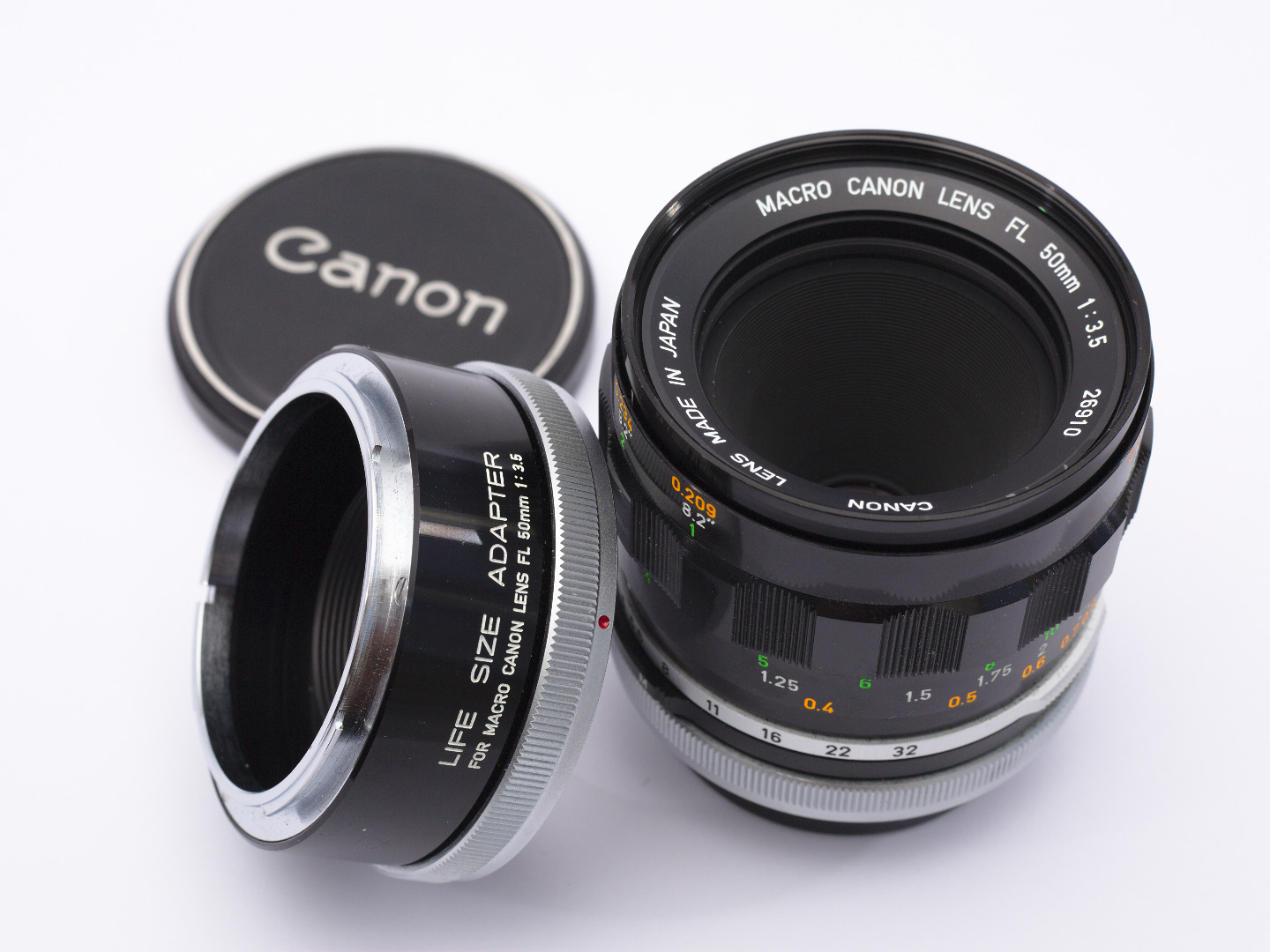
Lets start at the beginning: You would like to take a picture of something small, but really close up so it fills the frame or the subject looks huge in the picture, right? One of the first challenges you'll probably encounter is one of the physical limitations of your lens. It won't let you get very close and fail to focus. Most lenses have certain minimum distances they need to be at in respect to the subject. This is called the close-focus distance. Trying to get closer than that distance is pointless, because you won't be able to focus the lens properly. This distance varies with every lens-type. Most wide angle lenses (short focal lengths such as 18 and 24mm) have short close-focus distances of somewhere around 30cm (a foot), while longer telelenses (such as 200mm or 400mm) can have distances as 'close' as a few meters (more than three feet). As a general rule: the longer focal length, the farther the subject needs to be from the front of the lens. This directly impedes your ability to get close.
Another challenge you'll encounter is the depth-of-field (DoF), or: how much of the subject will be in focus (sharp). DoF will increase whenever you "stop down" the lens, meaning you're decreasing the amount of light which will travel through the lens, by increasing the aperture value (the f-number, or the f-stop). Small f-numbers such as f/1.4, f/1.8 or f/2.0 mean lots of scattered light will hit the film plane (the camera sensor). This results in shallow depth of field and only small portions of the frame will be sharp. Larger f-numbers such as f/11, f/16 or f/22 mean only focused beams of light will pass through the lens, creating a sharp image with lots of DoF. This may even result in the entire image being sharp (when focused at the hyperfocal distance). Here's the catch: DoF isn't a fixed distance at every aperture. It is relative and depends on the distance of the lens in respect to the subject and it'll get smaller if your camera is closer to that subject. You might have a DoF of a couple of hundred meters (or yards) at f/11 while shooting a scenery from afar, but when your lens is really close to the subject, that may translate to a DoF of only a few millimeters (tiny fractions of an inch).
This brings us to problems regarding available light. Because you'll be shooting at rather large f-numbers, very little ambient light will pass through the tiny aperture hole. You'll either need extra light to illuminate your subject, longer shutter times to allow more light to hit the sensor or higher ISO values to increase the sensor's sensitivity to light. Both long shutter speed and high ISO will introduce an amount of noise into the image, which is usually unacceptable. You'll probably want to go with extra light. Because of the short distance of the subject to the camera, on-camera-flash is usually not an option. Often, the flash simply won't reach the subject due to the lens barrel casting a shadow. You'll need off-camera flashes or continuous light. Ring flashes, through which you stick the lens barrel, work great. But simply placing extra lights left and right of the lens, either diffused or bare bulb will work great as well. Just remember to use the same colour temperature. This generally means you shouldn't mix various types of artificial light, do use the same types of bulbs etc.
Where to go from here depends on your camera. If you have one with a fixed lens, you'll need to experiment with extra lenses in front of it. If you have a camera with interchangeable lenses, you'll have lots more options (and you'll probably yield better results too). Be aware that any extra element you bring into the path of the light from the subject to the sensor, will affect the results somehow. You'll either lose light, sharpness, introduce lens distortions and/or other unwanted effects. If you can, prevent the use of extra lenses and use one of the other techniques.
Fixed Camera Lens
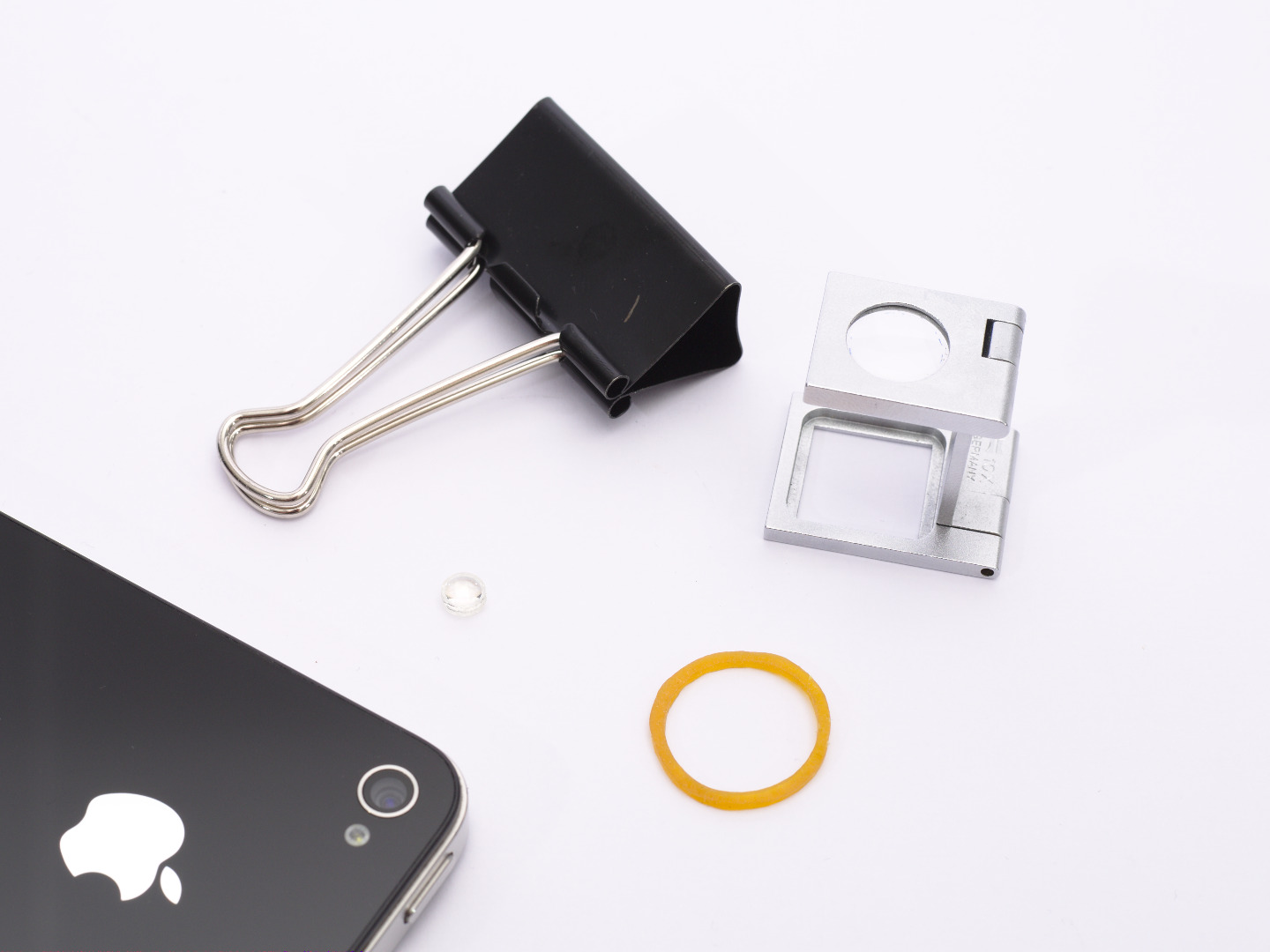
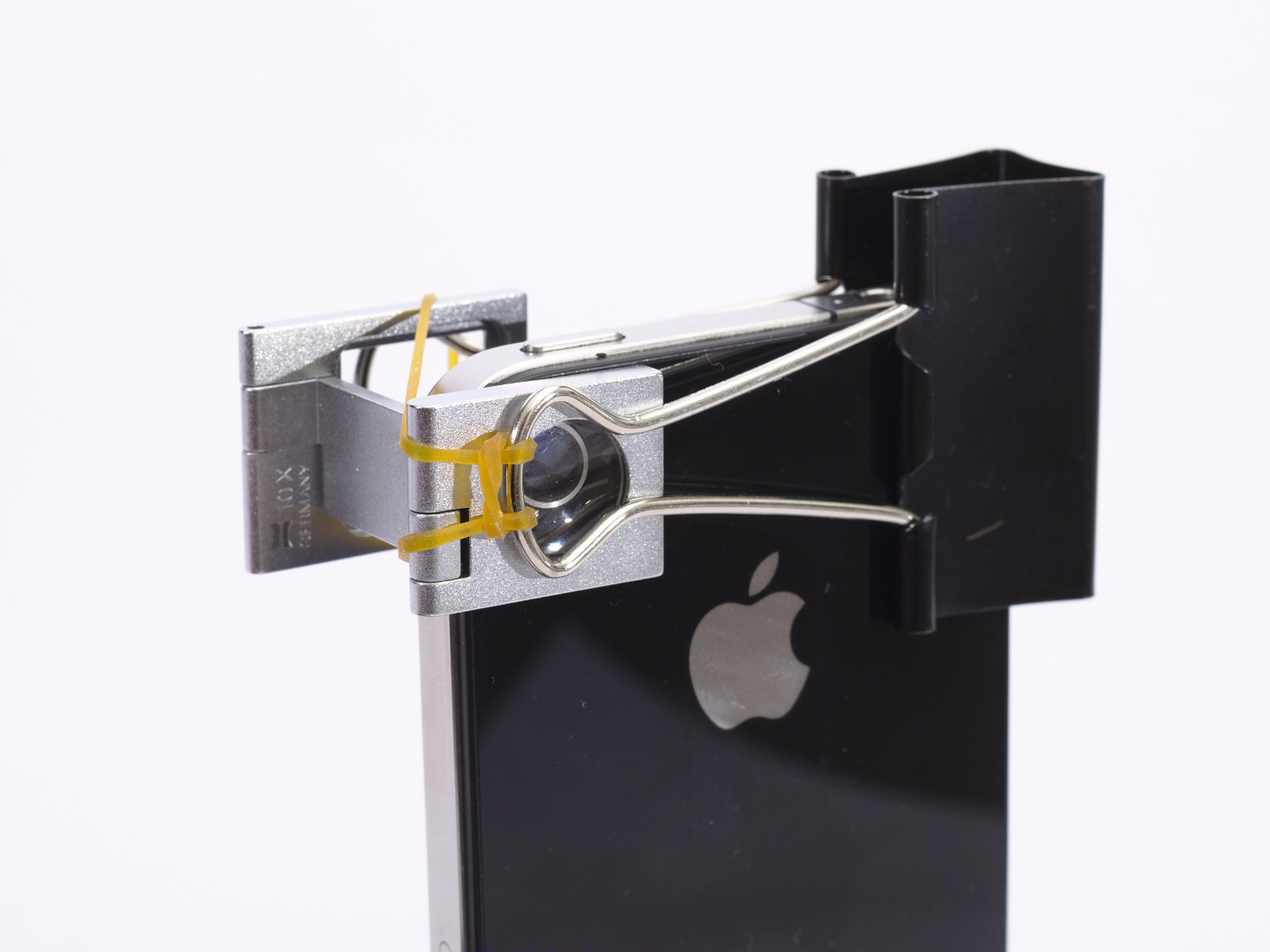
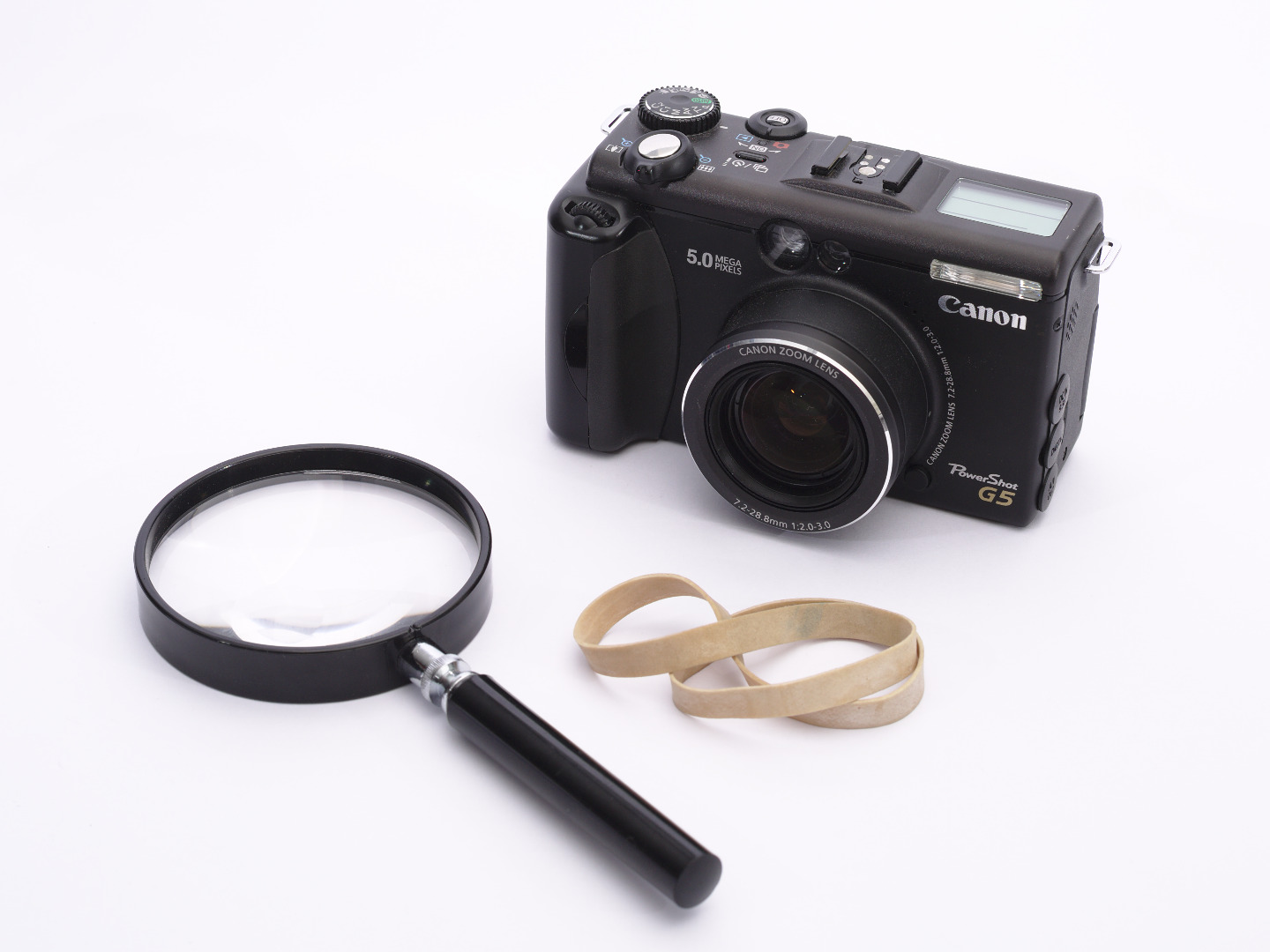

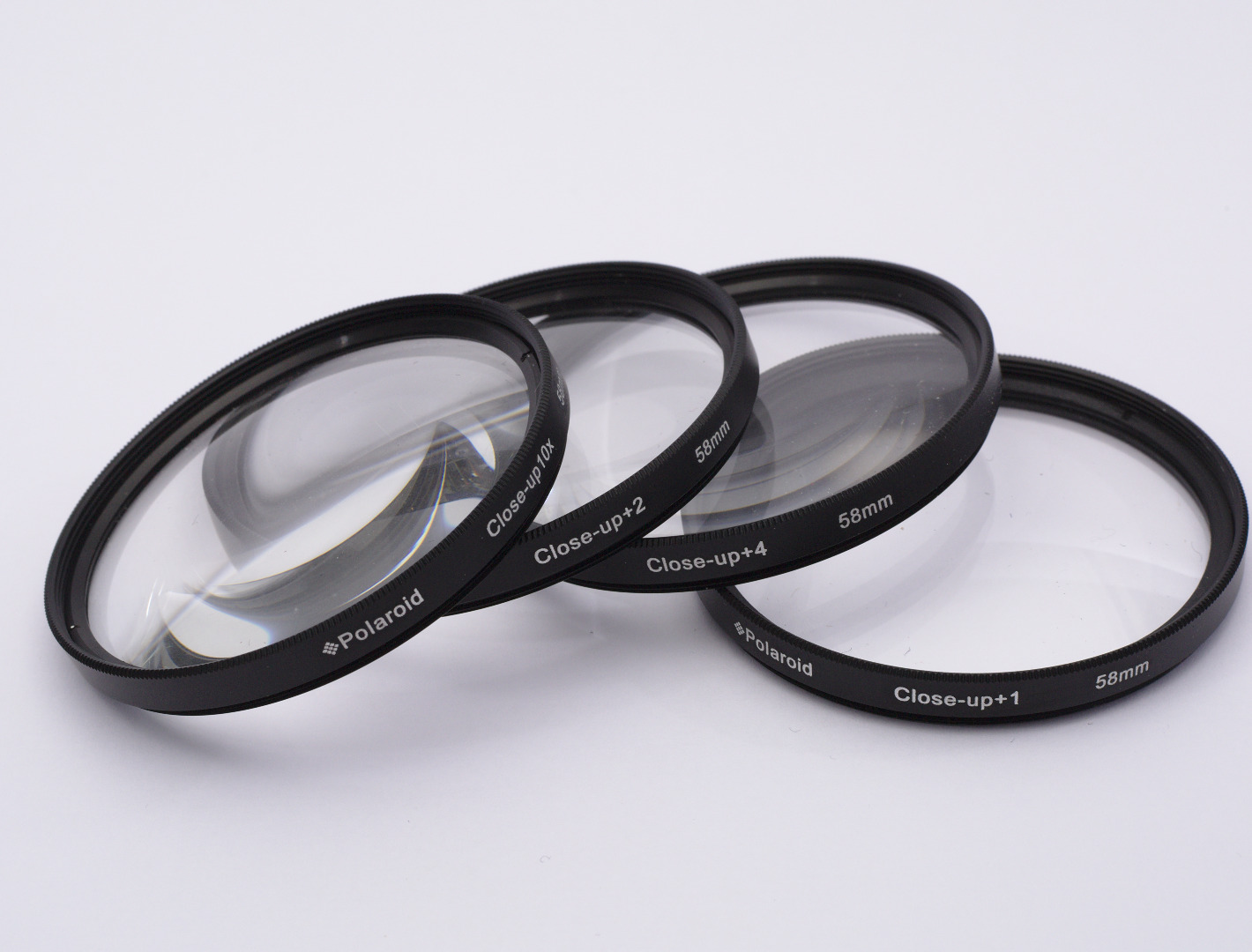
Let's start with cameras which have fixed lenses. This includes phone-cameras and point-and-shoots. As stated, your options are limited to positioning magnifying lenses in front of the camera-lens. Most phones have third-party kits with telelens, wide-angle/fisheye and macro-converters. You can also create a nice macro-lens by just affixing any magnifying lens to the phone. The small lenses from an old CD-ROM/DVD drive are quite usable.
Point-and-shoot cameras usually have a dedicated Macro mode (often depicted as a tulip flower). In some cameras, this alone will lead to great close-up images. If you want to get even closer, you might try fixing a magnifying glass to the lens. Some cameras may also have lens-kits with wide-angle-, tele- and macro-converters. If your lens supports the use of filters (small threads on the inside of the lens' front barrel), you could try close-up lenses. These are basically threaded magnifying glasses which screw into the front of the lens. These are available from various manufacturers in most popular filter sizes with varying degrees of quality. Another option is to use a macro coupler, to screw an inverted lens onto the filter threads.
Interchangeable Lens Camera
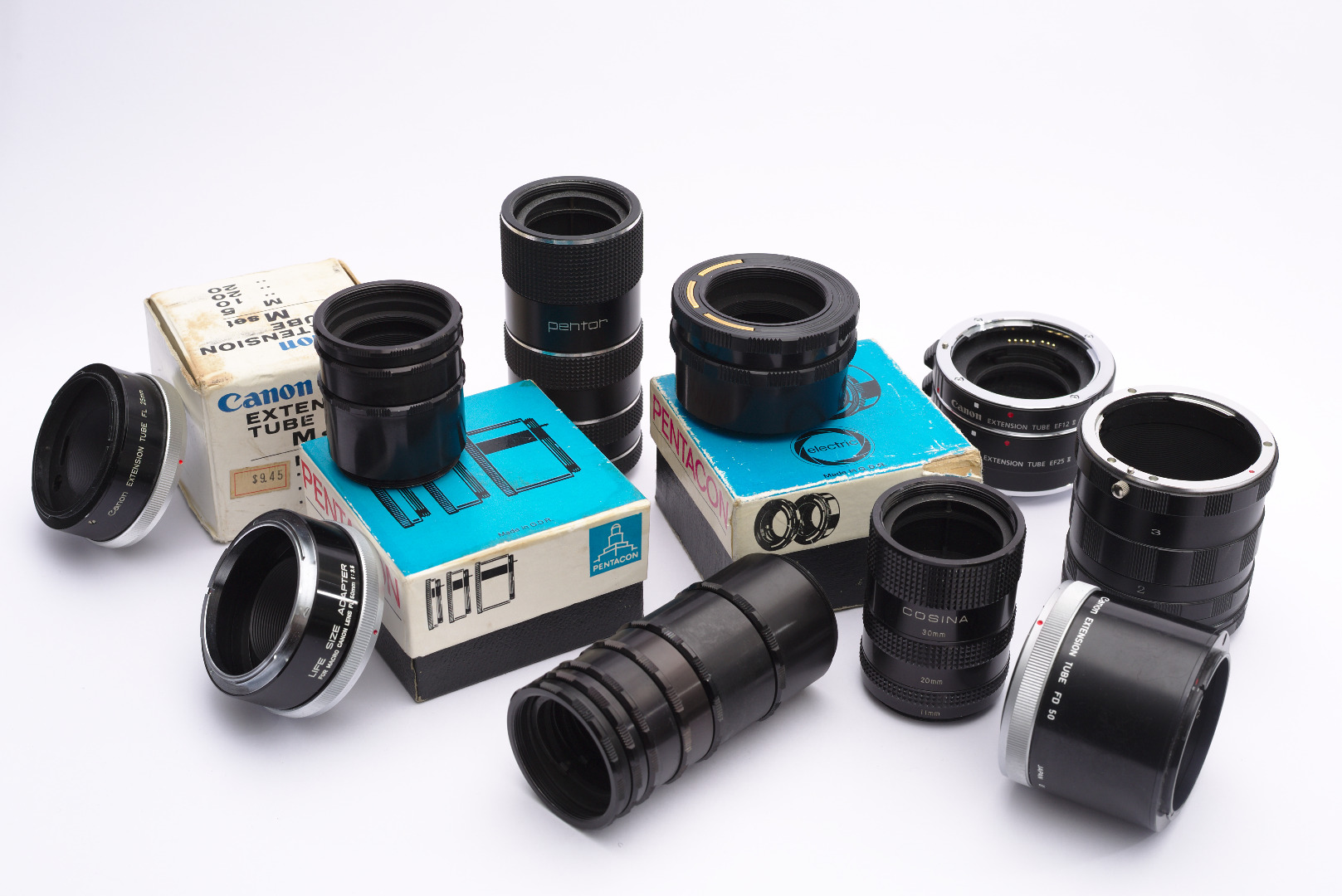
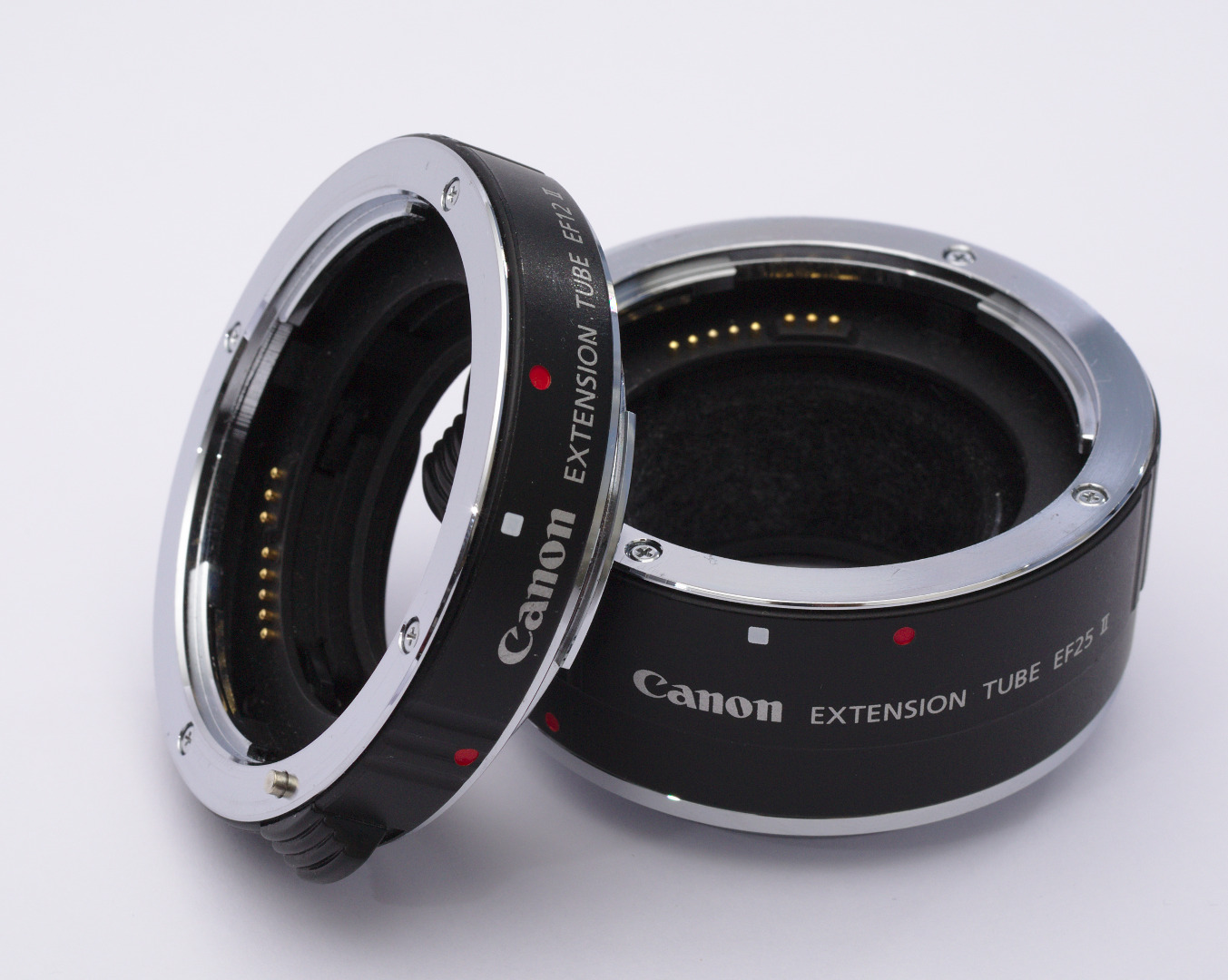

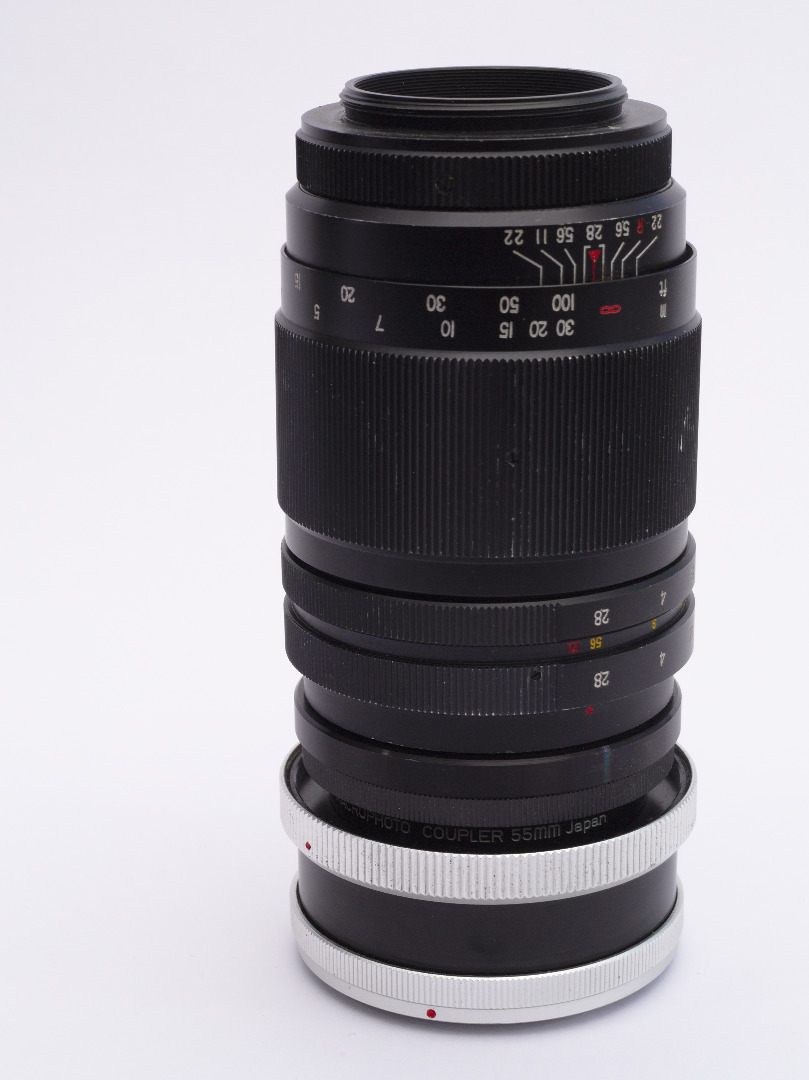
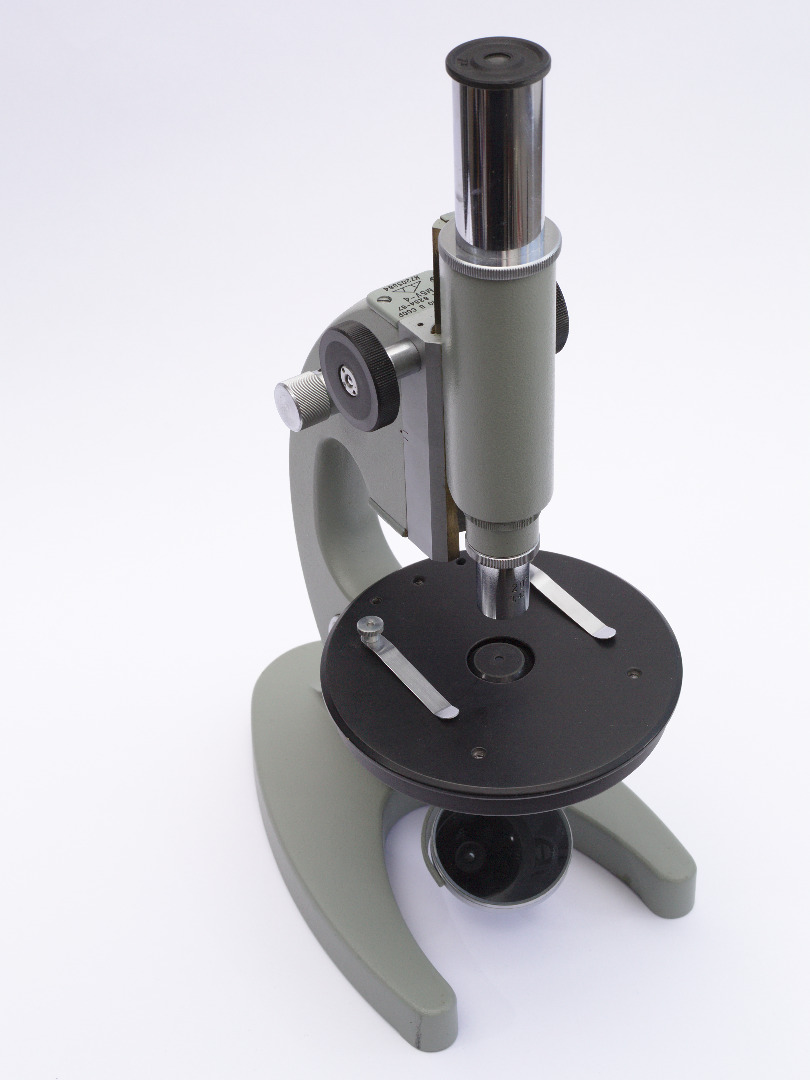
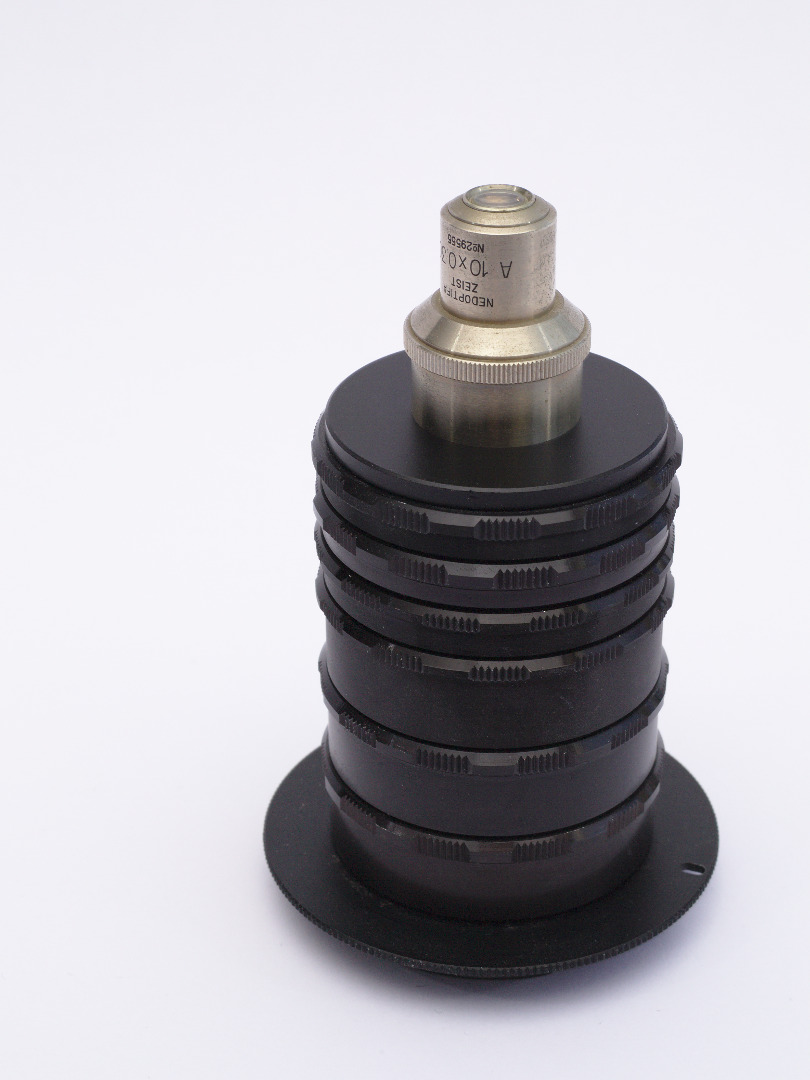
If you have the luxury of a camera with interchangeable lenses, your options are vastly increased. You could also use close-up magnifying lenses and get great results, but we'll focus on increasing the distance of the lens in respect to the sensor (film plane). This is usually done by the use of extension tubes or bellows. This is basically a hollow tube which attaches between your lens and the camera. Most camera manufacturers sell these, but there are lots of third-party options. The fancier ones contain electronic contacts which allow the camera to communicate with the lens, allowing for auto-focus, metering, aperture control and proper EXIF lens information. If you primarily use lenses with electronics in them I highly recommend getting those extension tubes instead of the cheaper non-electronic alternatives. However, if you use older manual lenses, you could also get the cheaper extension tubes. Anyway, I also recommend getting a few M42 lenses, extension tubes and camera adapters to experiment with.
I really like the extension tubes, because the smaller ones will allow you to get close enough to your subject, while still being able to shoot hand-held if there is sufficient ambient light. They're really straightforward and easy to use.
Bellows allow for finer distance adjustments and offer more flexibility. This also makes them more complex to operate compared to the ease of the fixed length extension tube. Most bellows are geared and can be adapted to be driven by stepper motors, allowing for micro-changes. Lots of camera manufacturers and third-party vendors used to produce bellows attachments for macro-photography or slide reproduction, look for the M42 mounts. You can probably get one for cheap somewhere if you look around a bit. With a bit of DIY/TLC, you might also be able to MacGyver the old lens-mount to be able to attach modern lenses including the passing of electronic signals.
Increasing the distance from the lens to the camera also has disadvantages. Defects in and distortions of the lens might be amplified. You might see vignetting in the corners of the frame. You'll only be able to properly focus the camera at a specific distance from the subject, which may be uncomfortably close to it, or even so close that the front element is touching the subject (or worse: when the plane of focus is inside the front element). You'll lose infinity focus as well (but that shouldn't really be a problem anyway).
Regarding lens focal length, you should stick to lenses in the 50mm-100mm range if you intend to use extension tubes or bellows. Going to a length shorter than about 35mm will probably mean that the subject needs to be inside your front element to be able to get proper focus. Larger focal lengths will mean lesser magnification of the subject. I have had great results with a cheap "normal lens", the Canon EF 50mm f/1.8 II (the "Plastic Fantastic" or "Nifty Fifty"). Every camera manufacturer or third party vendor offers a cheap 50mm lens.
Most common lenses can be turned into decent macro lenses, by simply inverting them. You'll need a reverse adapter ring, or a macrophoto coupler ring, which will allow for the lens to be mounted in reverse onto the camera or another lens, by using the filter threads. This technique can be combined with a bellows or extension tubes. It is best to use a manual lens for this, which will give you back some control over the aperture (because the lack of electrical contacts connecting the lens to the camera). Either that, or get creative with a soldering iron, some wires and a spare set of lens mounts.
An entirely different subject altogether is photomicrography. This entails using a microscope objective as a camera lens. This poses all sorts of next-level challenges. Depth of Field is insanely shallow and requires image stacking of dozens or up to hundred of photos combined into a single image for a decently sharp shot. For this to actually work, you'll need to be able to make micro-fine changes to the focusing, either by moving the camera, or the subject. You'll also need software for the image stacking. To top it off; you can't just use any microscope objective. There are two types; the older finite objectives, which require a focal distance of around 160mm or 210mm (this may be indicated on the objective). The newer infinite objectives need a secondary lens to actually focus the light which is emitted from the objective. This type will feature an infinite sign on the objective barrel.
Macro Lenses

When you're very serious about macro photography, you'll probably acquire a true macro lens at some point. These are usually capable of producing true 1:1 reproductions, meaning the size of the subject will match the size of the image on the camera sensor (life size) or it will be larger. These lenses are awesome, but usually expensive.
Some Other Equipment Tips
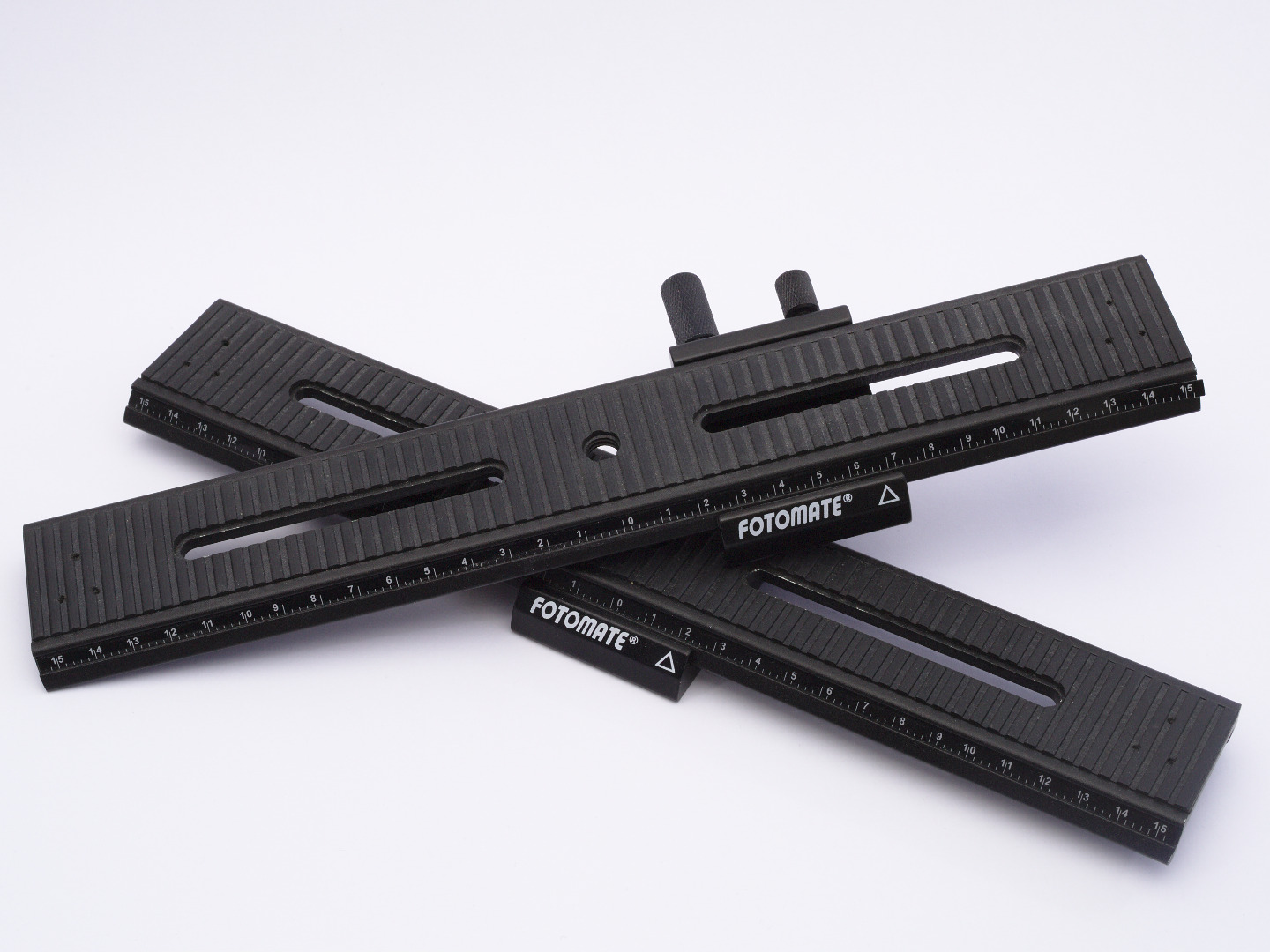
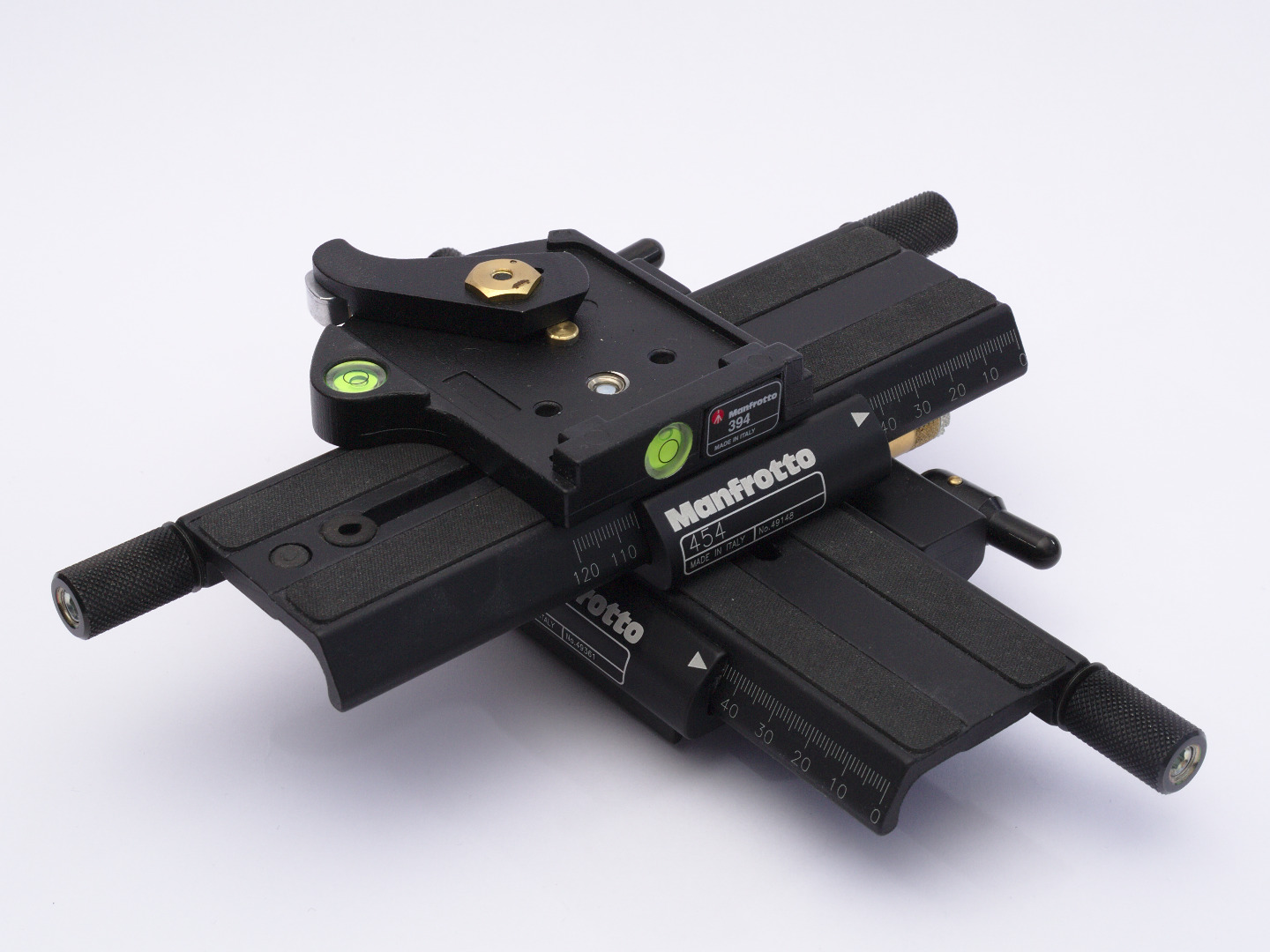
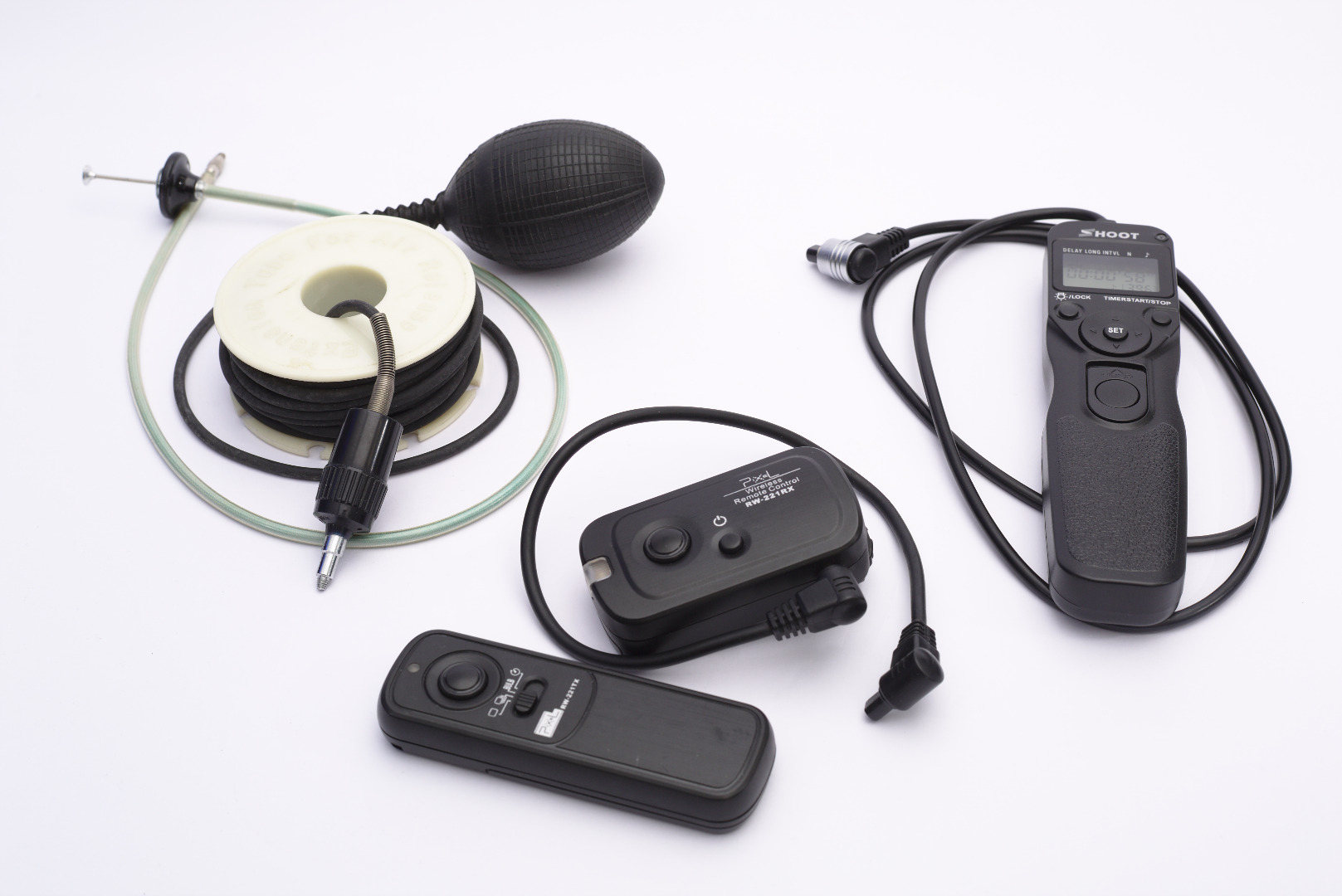
You'll need a sturdy tripod or some other way to completely secure the camera from vibrations. If you're primarily shooting small subjects inside the house, you could go for a tabletop setup. An adjustable drill press can be hacked into a macrophoto stand. The same goes for an old photo enlarger, these work great. You could also try to create a movable stand for the subject and leave the camera stationary instead. Do take into account: a crude geared stand might work great for low magnification levels, but might be too coarse on very high magnification levels and you might want to have finer control over the movement of the rig.
As stated earlier, you'll need extra lights. It doesn't really matter what kind, as long as it is consistently the same. Daylight or flash colour temperature is best, which is somewhere around 5500K (this varies with different brands and types of flashes). If you go for continuous lights, make sure they can be dimmed to control the power output.
A remote shutter release is handy to have in your camera-bag. This will reduce camera-shake, because you won't have to touch the camera to press the shutter button. You don't really need it per se, because you could also use the self-timer function of the camera. Some remotes have a cord and some are wireless. I prefer the corded ones, these just work and don't even need the battery.
If you wish to view the images on a large screen, which is handy when determining if the focus and DoF is correct, you might want to look into tethered shooting. Basically, you'll connect your camera to a laptop or a large screen to view the images instead of the tiny LCD on the back of the camera.
Tips on Shooting
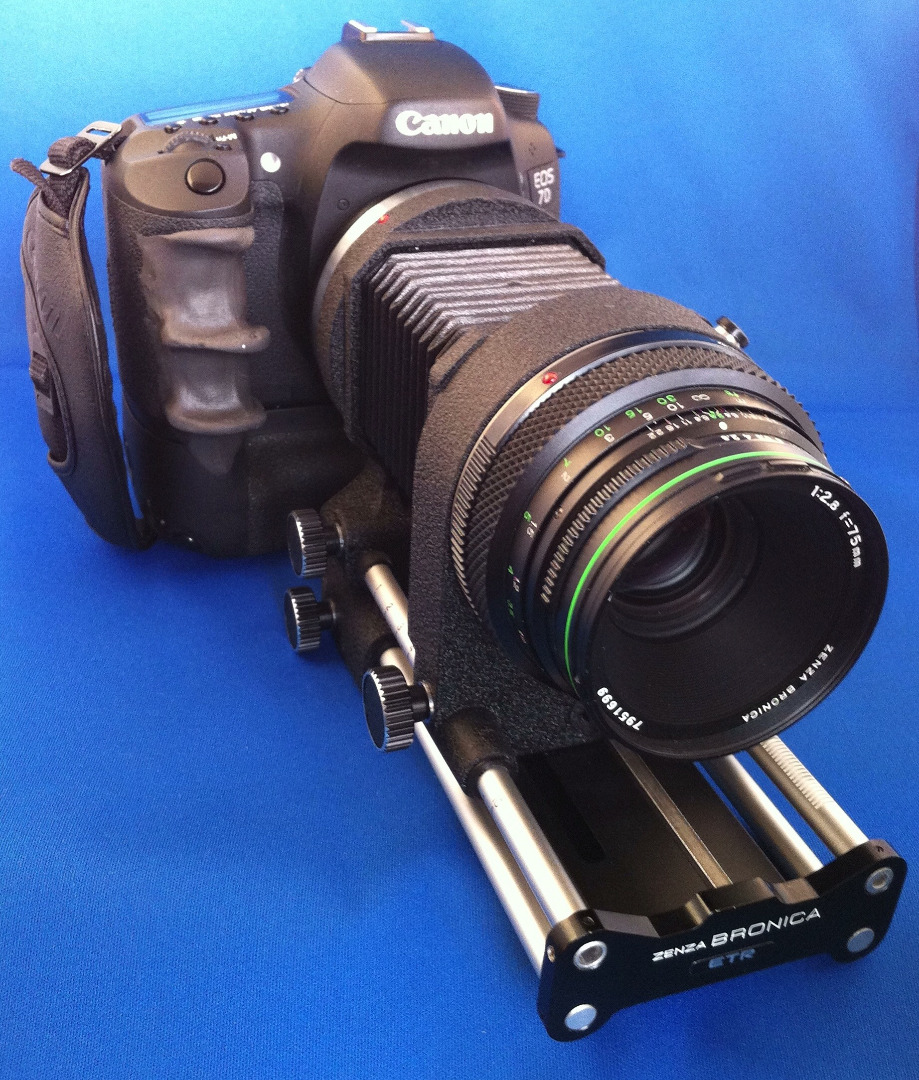

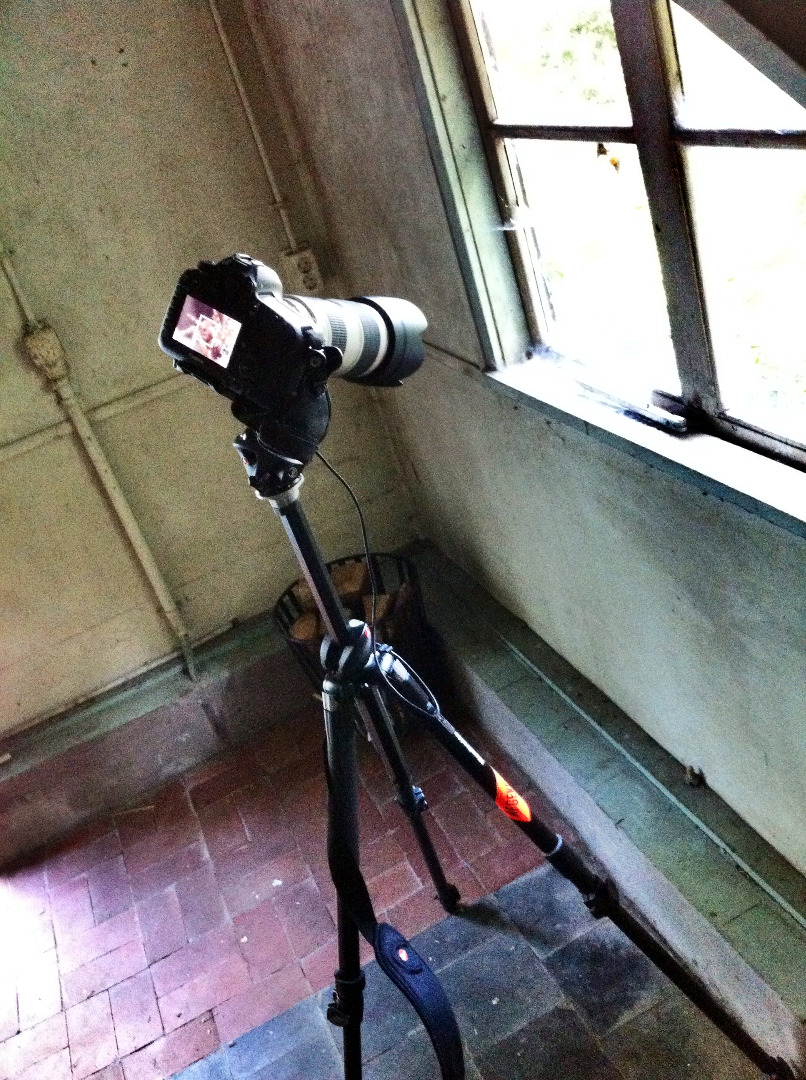
So you've made a choice regarding the method of magnification and you're ready to start shooting? Great!
Double-check if your camera is secured properly. The slightest vibration will be magnified as well, ruining your shot. If you have a DSLR with a mirror which flips up, use live view to lock it up or set it to lock up before the actual shot via the menu. Make sure you've set ISO to the lowest possible value. White balance should be set to the temperature of the light, or just "Flash" if you're using speedlites. Aperture of the lens should be set to the sharpest aperture of the lens. However, this does NOT mean you should just completely close it as far as it'll go, because this will make the image go "soft". Check online for reviews of the particular lens you're using and note at which aperture it is sharpest (or test it yourself, if you feel inclined). Use that aperture setting. For most lenses, this will be somewhere between f/5.6 and f/11.
Shutter times should be set to the camera's flash sync speed (if you use speedlites), or do metering based on the ambient light.
If you use flash, you might want to set it to rear curtain sync. This means the first curtain will open, there will be a slight pause, the flash will pop and the rear curtain will close. This reduces the possibility of camera shake even further.
Focusing is best done manually using live view on the LCD (or tethered to a laptop). Put the camera in manual focus mode, zoom in to a section which should be sharp and tune the focus ring until it is. You might need to press the DoF preview button, if your camera is equipped with one, to be able to see if the DoF is large enough.
If you're going to stack images, either start in front of the subject or at the rear and 'walk' through the entire image until you have sharp, overlapping photos of every aspect.
In post-processing, you could also zoom in to the section you want to highlight and crop the image. I used this technique with the picture of the spider.
Acknowledgments
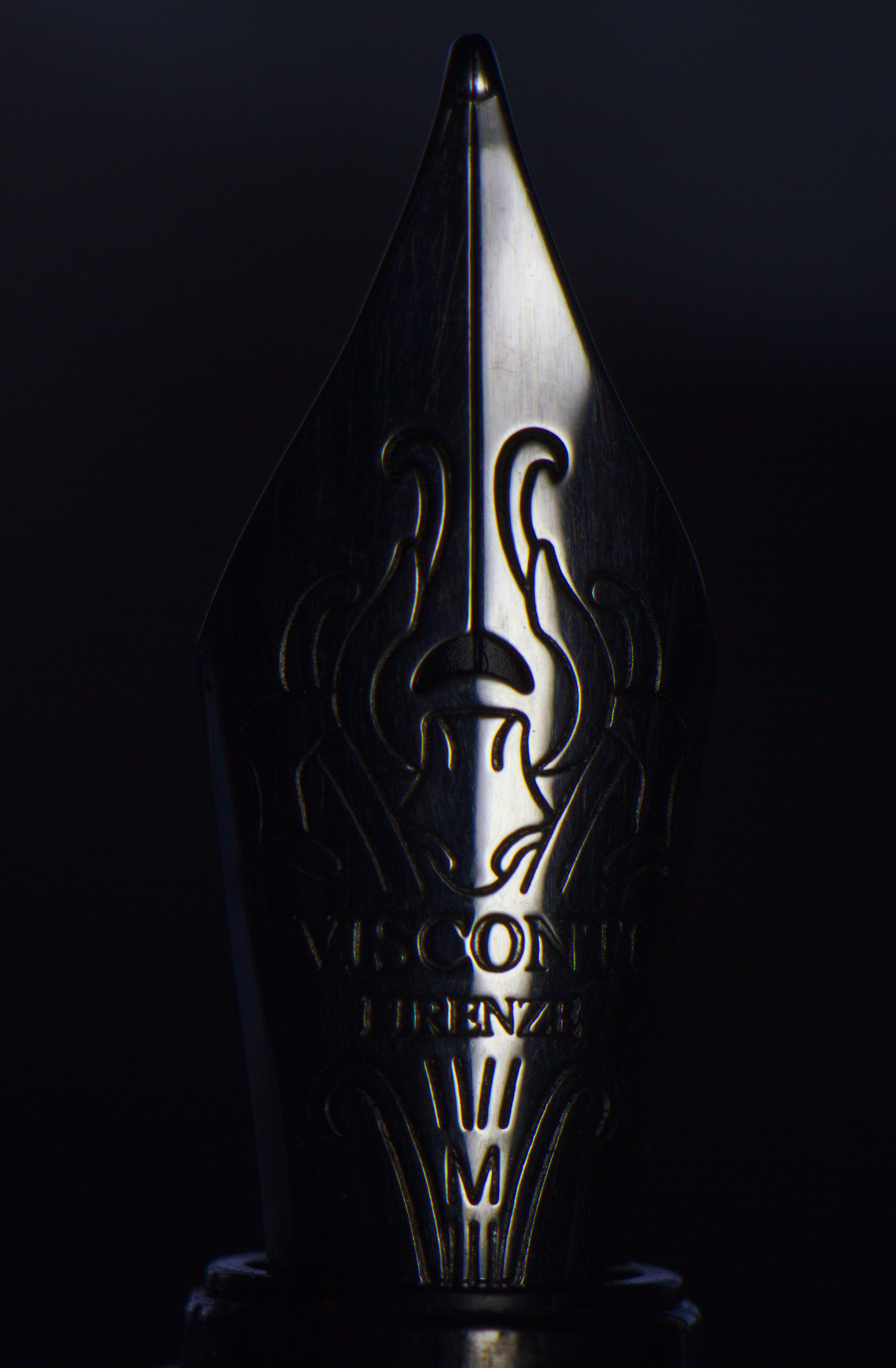
There are so many people who have helped me get better at my passion, photography. I cannot possibly thank all of them, however, I would like to mention Mark de Groot, who has sparked and fueled my interest in photography and really helped me with my first steps. Another person I owe a lot to is Simon Claessen, who shared lots of his tips and tricks coming from years of professional experience. Other than that, countless of Youtube videos by both professional photographers and amateurs, websites like these and generally people who are not afraid to share their knowledge, their mistakes and help others improve their craft.
All photographs featured in this Instructable were made by me and are available here under the CC-BY-SA license.